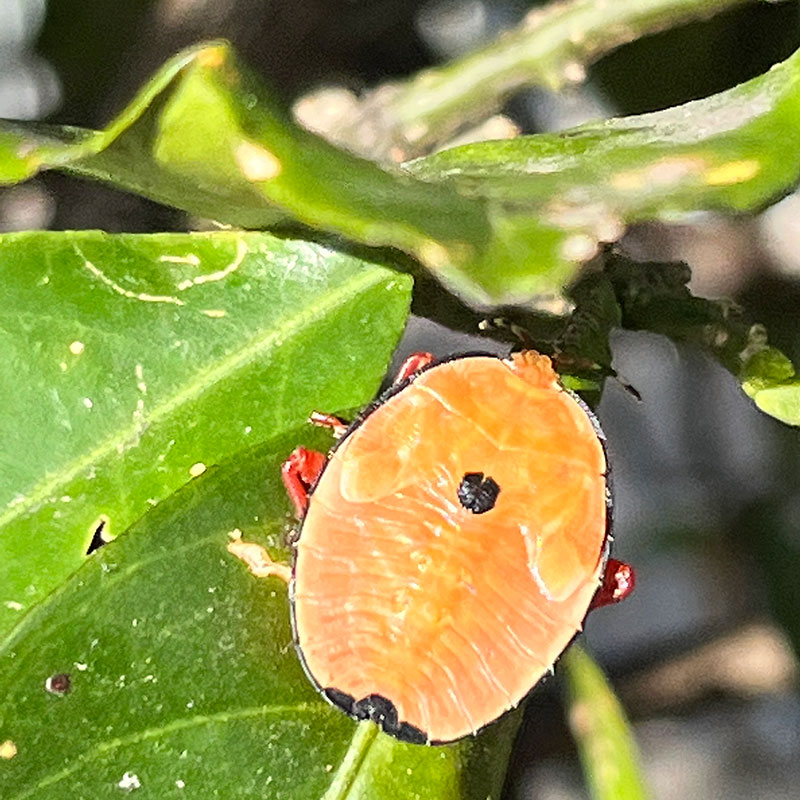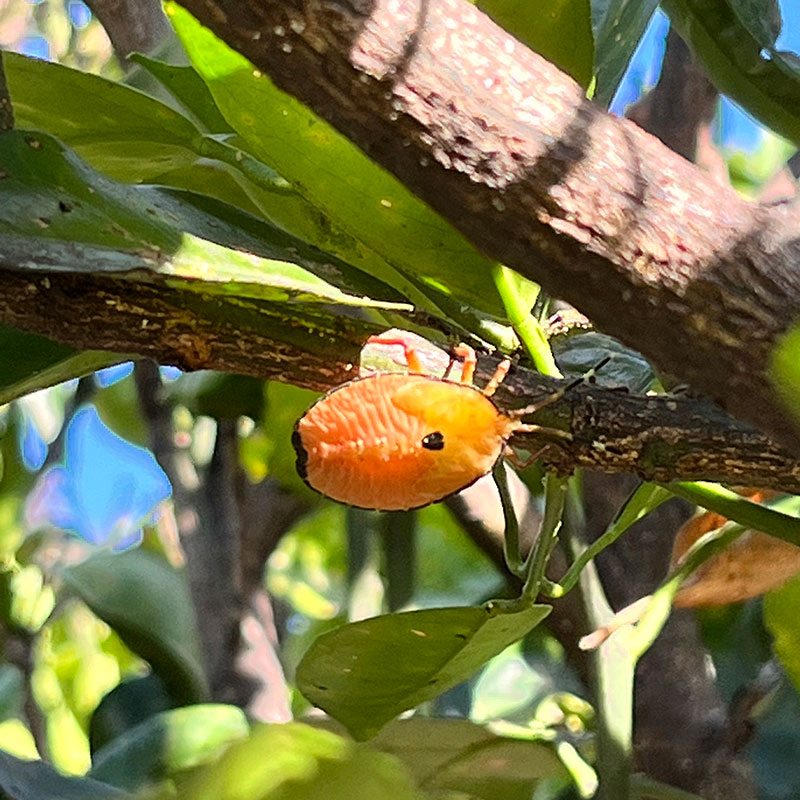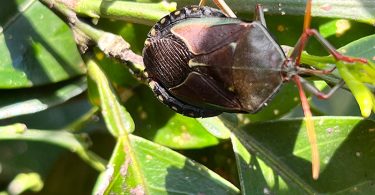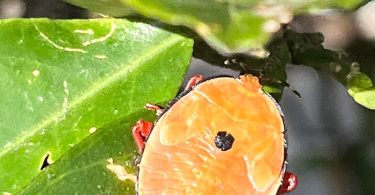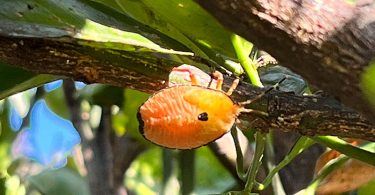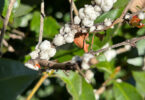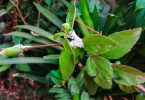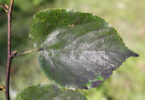Botanical name
Musgraveia sulciventris
Common name
Bronze Orange Bug, Stink Bug
Bronze Orange Bug identification
Bronze Orange Bugs cause quite serious damage to citrus trees. During mid Summer to Autumn, eggs are laid on the undersides of leaves. There can be up to 14 eggs arranged in rows. During Winter, the green early stages of nymphs can be found under the leaves. These are about 5mm long, oval shaped and very flat. Quite often the strong, unpleasant smell is the first indication that there is a problem.
Aging green nymphs change into various colours from different shades of green to green-orange to bright orange and can be found in clusters around new shoots.
Adults are a brown metallic colour when younger, aging to almost black. They are around 25mm in length.
Bronze Orange Bugs die in high temperature/low humidity conditions. They can sometimes to seen clustering around the base of the tree on a hot day.
Damaged caused
Both adults and nymphs cause flowers and fruit to fall by sucking on the stalks. New shoots wilt and turn brown as a result. The foul smelling secretion burns the leaves it lands on.
Plants attacked
Most native and cultivated citrus trees.
Organic pest control
Best controlled in Winter when the young nymphs can be killed with a soap/organic spray. Particular attention should be paid to the undersides of leaves on the lower parts of the tree.
If bugs are larger, control by hand. The smell makes this job most unpleasant. The bugs will stain your skin so wear gloves.
Chemical pest control
Chemical control is not advised, especially on citrus trees.


